Born Mary Cradock in 1633 in the small Suffolk village of Barrow near Bury St. Edmunds, she was the daughter of the local rector. Mary married Charles Beale around 1651/2, and they had three sons, of whom only two survived infancy. Charles Beale played a significant role in her artistic endeavours, using his connections to help her achieve success in a male-dominated field.
According to scholar Helen Draper, Mary “established an independent commercial studio, maintaining it successfully for more than twenty years without formal training, court patronage, or guild affiliation.” This accomplishment is particularly impressive given the societal constraints on women at the time. Mary Beale is celebrated as the first successful professional female painter in England, a pioneer who broke through gender barriers in the art world.
Mary Beale’s career was a family affair. Her husband and sons, Bartholomew and Charles Junior, assisted in her work, managing the commercial aspects of her studio. Charles Junior even trained in painting miniatures. Her talent as a portrait painter allowed her to capture the likenesses of hundreds of sitters, navigating the tightrope of 17th-century societal expectations.
Today, one of the largest collections of Mary Beale’s works is housed at West Lodge Park Hotel in North London. Mary Beale has two notable connections to West Lodge Park. Firstly, she painted Sir Henry Coventry, the Secretary of State to Charles II and the then-owner of the house. The original of this portrait hangs in the state dining room at Longleat, with a copy displayed in the hall at West Lodge Park. Secondly, the Beale family, current owners of West Lodge Park since 1945, are believed to be descendants of Charles Beale. His grandfather William Beale was married in Hertford in 1586, the same area as the ancestors of the Beales of West Lodge Park.
The Mary Beale Restaurant at West Lodge Park features a collection of her portraits from various sources. These include original Mary Beale portraits from the Edward Beale collection of Old Masters, the Richard Jeffree bequest to the Art Fund and St Edmundsbury Borough Council Heritage Service, and copies of portraits from the National Portrait Gallery and other London galleries.
Highlights from the Mary Beale Collection:
Self Portrait with Husband and Son (1659-1660):
This charming self-portrait features Mary Beale with her husband Charles and their elder son Bartholomew. It exemplifies her informal style during this period, which became more formal with the increasing number of society commissions.

Margaret Blagge (1674):
This portrait depicts Margaret Blagge, a maid of honour in the court of Charles II. Known for her intense platonic friendship with the diarist John Evelyn, she later married Sidney Godolphin and died young in 1678. This painting was once owned by the Evelyn family.
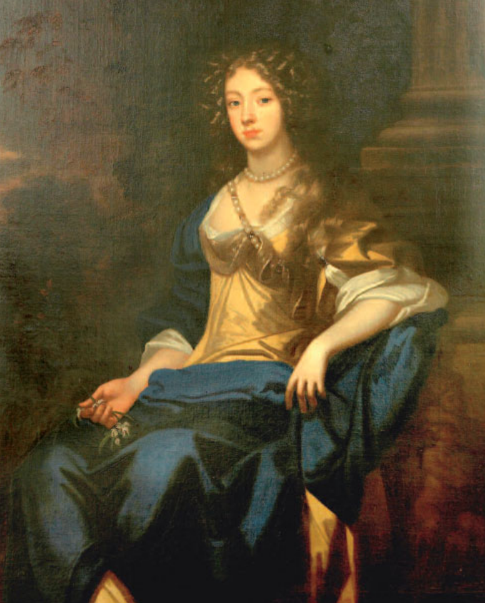
Lady Fairfax:
A portrait of Anne, Lady Fairfax, who was the daughter of Lord Vere and married Lord Fairfax in 1637. Fairfax commanded the Parliamentary forces against King Charles I and later played a key role in the Restoration of Charles II.
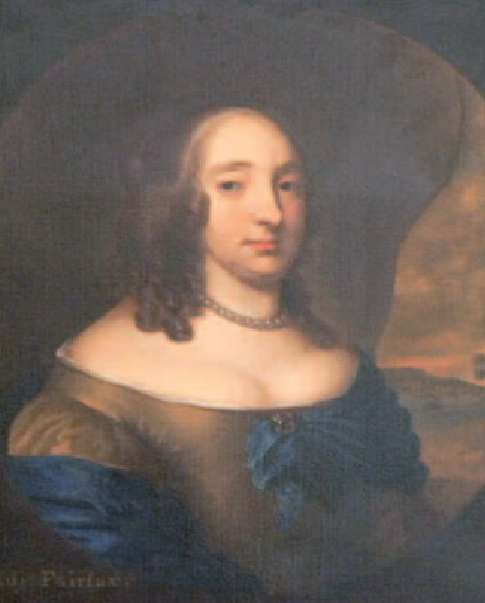
Barbara Castlemaine, Duchess of Cleveland:
This portrait of Barbara Castlemaine, the mistress of Charles II, showcases her as a dominant and spendthrift personality post-Restoration. The painting is a copy of one by Lely, with Beale likely painting the figure.
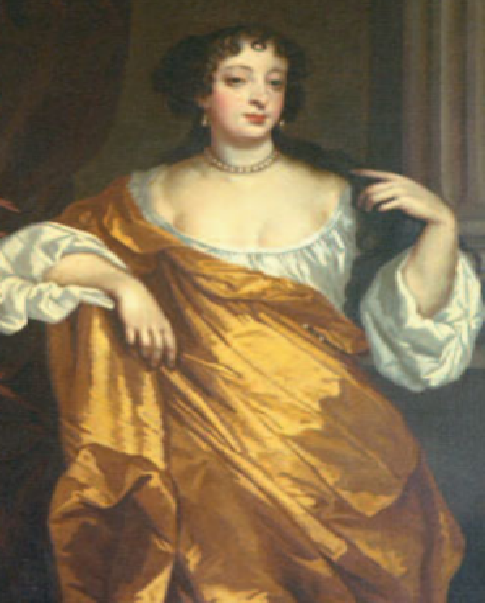
Self Portrait (1670s):
A rare signed portrait by Mary Beale, believed to be a self-portrait, showcasing her in a brown and cream dress within a sculptured oval.
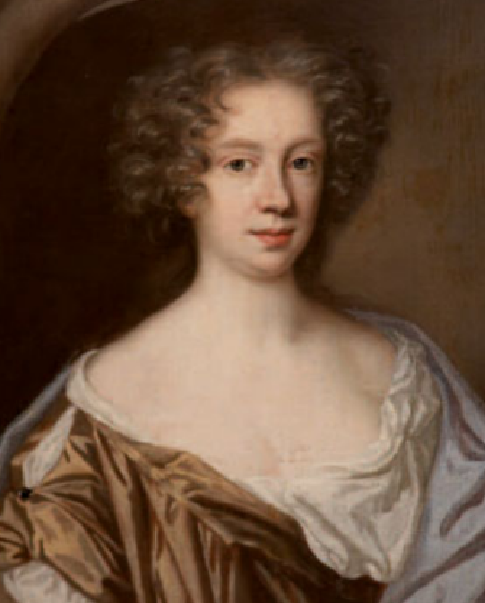
Charles Beale (c. 1666):
This ambitious portrait of her husband Charles Beale, almost life-size, exudes sensuous charm and a relaxed pose, rare in 17th-century portraiture. The landscape background suggests Charles’s potential travels in Italy. Portrait on loan from Moyses Hall Museum, Bury St Edmunds with many thanks to St Edmundsbury Borough Council.
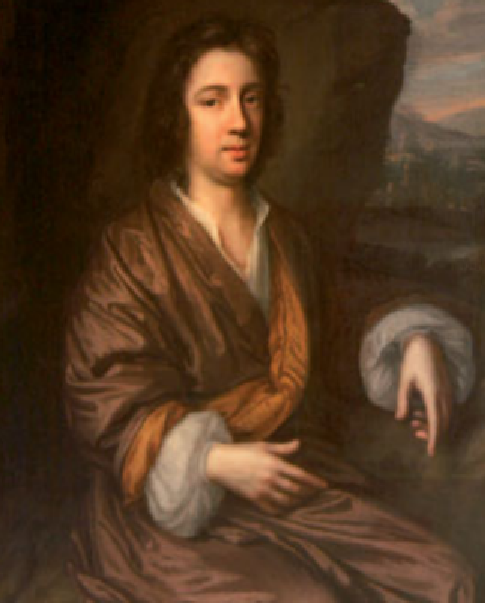
An Unknown Widow (c. 1680):
Painted on pillow-ticking, this formal commission reflects Mary’s more utilitarian approach for family and close friends, marked by its undistinguished colour and composition.
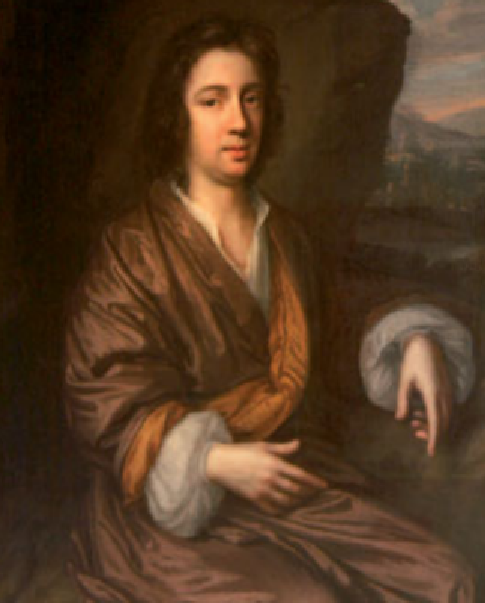
Mary Maitland Hay, Marchioness of Tweedale (c. 1680):
Depicting Lady Mary Maitland Hay, this portrait highlights her noble lineage and her marriage to John Hay, 2nd Marquess of Tweedale. The painting is on loan from the Richard Jeffree Bequest.
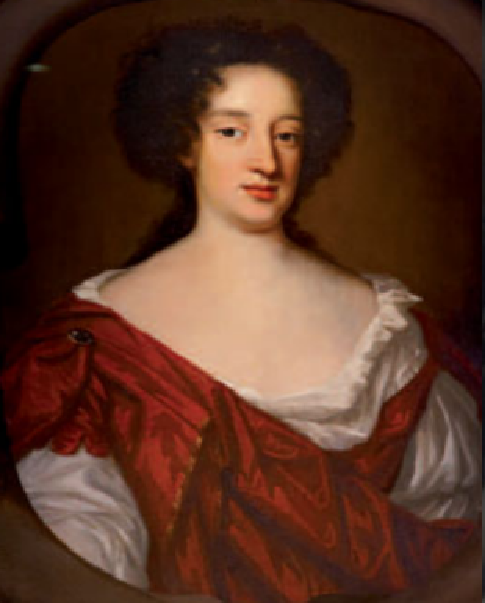
The Earl of Coventry (c. 1680):
This portrait illustrates Beale’s “hard-edged” technique used for commissioned works, framed within a heavy cartouche. The Earl of Coventry, from a distinguished lineage, is depicted in a manner that emphasises his authority.
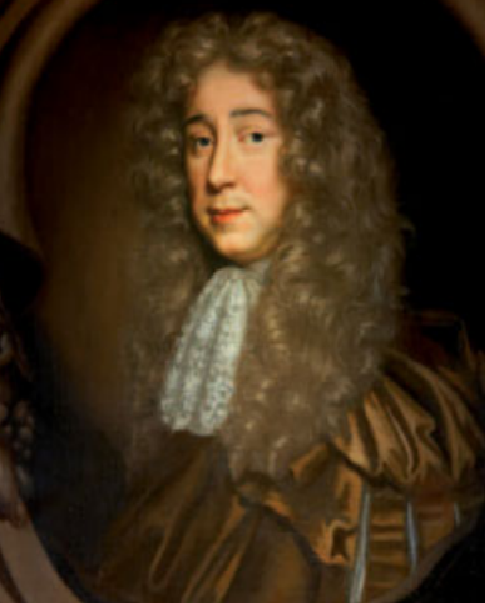
Mary Beale’s collection at West Lodge Park Hotel not only celebrates her artistic prowess but also connects the Beale family to their historic lineage. Her ability to maintain a successful studio and produce numerous significant works, despite the challenges of her era, cements her legacy as a pioneering female artist in English history. The collection stands as a testament to her enduring influence and the rich artistic heritage preserved at West Lodge Park.